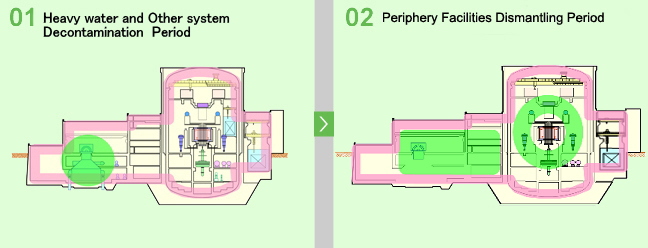

Whatever the case, there's definitely more here than meets the eye. They're adamant it's from fishing and hunting, but rumours say their secret is in capturing lone survivors. Their enemies are dealt with extreme measures.Ī mysterious society that happens to produce a lot of meat. They appreciate those who have what they need, but double-crossing them will lead to dire consequences. They seem to have plenty of resources, but sell their most valuable goods only to those who have proven themselves worthy.Ī militaristic cult of ex-soldiers and guns for hire. Very secretive and suspicious group who are wary of strangers on their lands. The region is filled with old tool shops, junkyards and vehicle dealerships, feeding much-needed metal and parts to the society for use and trade. But given the widespread destruction, the road back for Bay County won't be easy, he said: "In the next six to twelve months, we'll probably lose 20 to 30 percent of the population" as people migrate away in search of jobs and viable housing.Other societies may be encountered on the World Map by your Specialists, and will engage in trade with your colony - if possible. Architect Victoria Williams (a Habitat board member who designed the houses, also lost her office.Įric Anderson expects to be doing muck-out and basic repair work for at least six months and reconstruction for another three to five years, at least. Their new office and Habitat ReStore (the source of most of their funding) were destroyed. The Bay County, Florida, Habitat for Humanity chapter, which built the six houses, took a heavy hit in the storm. But he has taken on 60 new employees, and on November 20 he said, "I have 150 jobs." All of it is mitigation work: gutting homes and repairing or replacing roofs in order to keep water out. Since the storm, Anderson has lost four employees who had to move because their homes were condemned. Eric Anderson's personal house was not badly damaged, he says, although he lost the tabs on about 20% of his roof shingles.

In the aftermath of Hurricane Michael, everyone involved in the Habitat houses has gone into emergency response mode. The roofs are unvented, said Anderson, and insulated with spray foam (as are the walls). The entire roof is covered with peel-and-stick bituminous membrane and roofed with 24-gauge steel roofing.

The Habitat houses have hip roofs, sheathed with 5/8-inch CDX plywood nailed at 4 inches on-center. Roof trusses are secured to the wall plates using Simpson H10A connectors. On his regular jobs, his crew uses gun nails, but they follow the same tight nailing pattern. On the Habitat projects, Anderson uses galvanized 8d nails, hand-driven by volunteers. Sheathing is nailed at 4 inches on-center, in the field as well as at the joints. The plate at the base of the wall also gets nails at 2.5 inches on-center. At the top of the wall, he specs nailing 2.5 inches on-center into each of the double wall plates. "I've got them within 8 inches of the corners, within 8 inches of every opening, and then spaced every 6 feet within the rest of the wall," said Anderson.Īnderson fully sheathes his stud walls using Windstorm OSB panels from Norbord, which allows continuous sheathing from the base to the top of the wall with a single long sheet of OSB. The method relies on threaded rod connectors that run all the way from the foundation to above the top plate, tied to anchors embedded in the concrete at the foundation, and fastened down over the top plate with three-inch washers and nuts. Go-Bolt adapts the reinforcing concept often used in concrete masonry block construction and applies it to stick framing. To resist uplift, Anderson installed the "Go-Bolt" system (developed by a Florida builder after Hurricane Andrew. In this case, Builder Eric Anderson applied the same construction details that he typically includes on his market-rate houses. While the details may vary, the Fortified standard requires an engineered design that achieves a continuous load path to resist uplift forces of wind.


 0 kommentar(er)
0 kommentar(er)
